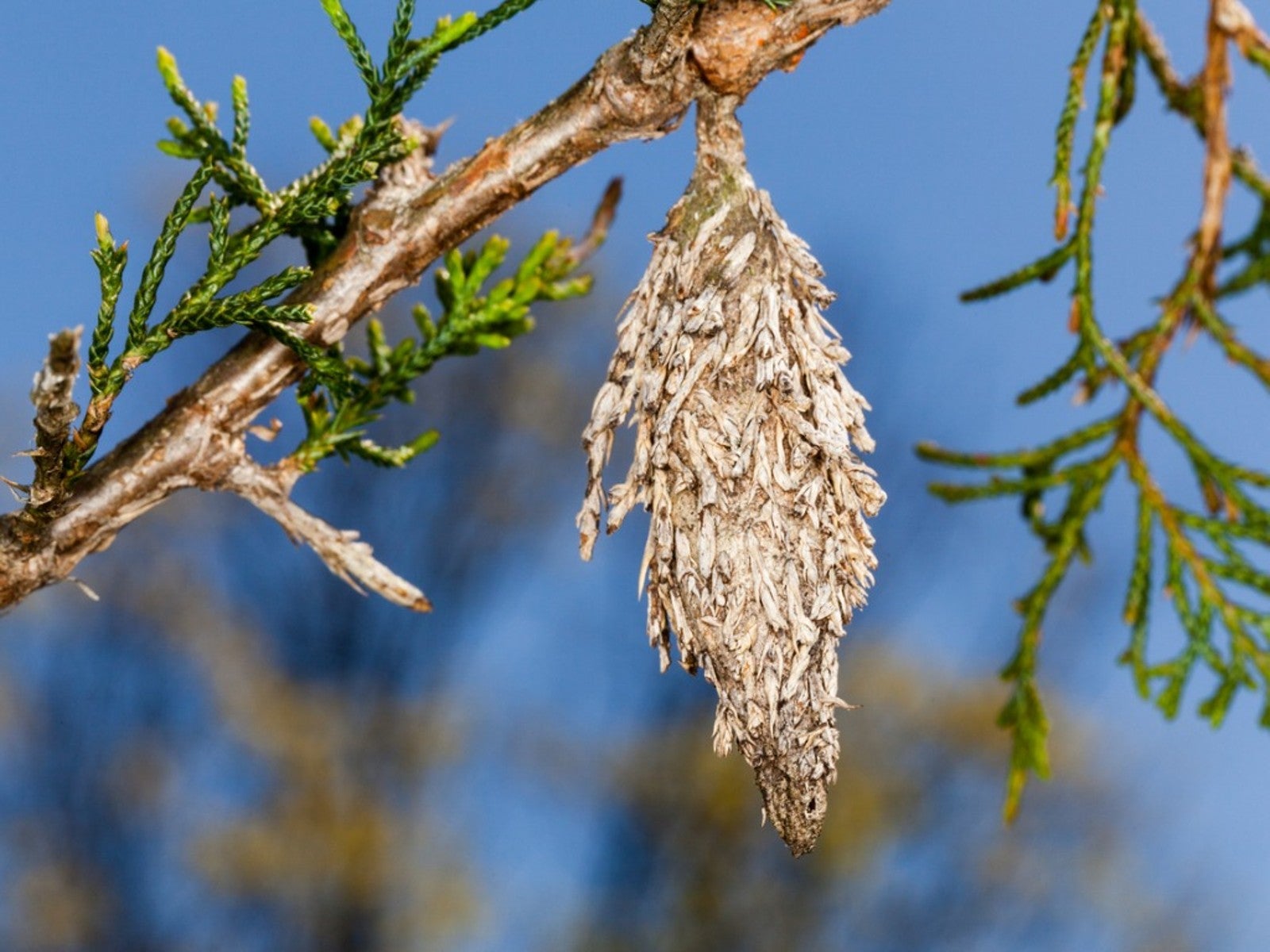Garden Pests New England And Northeast Gardeners Should Know


The Northeast region of the United States features a wild diversity in regard to its pests. Insects in New England cover several states such as New York, Massachusetts, Connecticut, Rhode Island, New Hampshire, Vermont, and Maine. Some of the area is coastal, while some is heavily forested, providing a variety of habitats for pests. The bugs of the Northeast consist of biting, boring, crawling, and stinging insects. These bugs not only bug humans, but can cause crop damage, and severe tree infestations.
No place is free of insect pests, and that includes the American Northeast. The bugs of New England span a variety of attacking behaviors. The home garden will be visited by many annoying insects, but the greater wild regions are also prey to bugs like borers. Recognize the local flying and crawling creatures and know what steps to take to reduce their potential damage.
Insect Pests in the Vegetable Garden
Gardeners who plant food are aware of the need to protect their vegetables from insects. Bugs like Japanese beetles, Colorado potato beetles, tomato hornworms, and Mexican bean beetles can be handpicked from plants because they are large enough to spot. But tiny pests such as aphids require organic controls such as horticultural soaps. Row covers are an excellent way to protect vegetables from small insects like flea beetles. Cleaning up old vegetation reduces habitat for eggs and larvae of insect pests. Such insects as European corn borer and squash bug, overwinter in old plant debris. Diatomaceous earth is an effective deterrent for slugs and snails whose feeding will decimate plant leaves.
Lawn Insects in the Northeast
Insects in New York and other Northeast states can take a toll on sod health. Many home gardeners have to contend with big pests such as gophers and moles, but the bugs can do the most subversive damage. Many varieties of grubs live under the grass roots. Some of them eat the leaves, while others eat the roots. Their tunneling behavior disrupts roots and causes areas of the sod to die. Brown spots in the grass are an indication of possible grub infestations. Cream colored Japanese beetle grubs are often the culprit, but sod webworms may also be present. Other insect pests found in sod are chinch bugs, bluegrass billbugs, crane flies, and cutworms.
Northeast Pests of Trees
There are many beautiful and historic forests in New England. Unfortunately, their health is jeopardized by insects, many of whom are not native. The spotted lanternfly is one of these and can kill a tree with high infestations. Galls, or unusual formations on stems can indicate potentially dangerous mites. Many larval forms eat foliage and damage tree health. Borers are especially hazardous, as they hide in the tree's interior, disrupting the pathways for nutrients and water. These are but a few common insect pests of trees:
- Cottony Mountain Scale
- Bronze Birch Borer
- Elm Spanworm
- Eastern Tent Caterpillar
- Brown Marmorated Stink Bug
- Bagworm
- Spruce Spider Mite
- White Pine Weevil
- European Pine Sawfly
- Carpenter Ants
- Birch Leafminer
- Emerald Ash Borer
Although some of the insects prefer a certain species of tree, many are equal opportunity pests who can infest a wide variety of species. Control is often achieved through spraying. In larger trees, a contracted professional is often the best way to achieve control. Certain systemic pesticides may also afford relief.
Note: Any recommendations pertaining to the use of chemicals are for informational purposes only. Chemical control should only be used as a last resort, as organic approaches are safer and more environmentally friendly.
Sign up for the Gardening Know How newsletter today and receive a free copy of our e-book "How to Grow Delicious Tomatoes".

Bonnie Grant is a professional landscaper with a Certification in Urban Gardening. She has been gardening and writing for 15 years. A former professional chef, she has a passion for edible landscaping.